Cypress forest over 500 years old
Calocedrus rupestris Aver was discovered in 2004, is a rare and precious plant species endemic to Vietnam. Calocedrus rupestris Aver is classified as endangered in the Red Book of the International Union for Conservation of Nature (IUCN). Currently, according to the survey results, there are 11 routes recording the presence of Calocedrus, mainly distributed in the limestone mountain area from Km30-Km44 of Road 20 Quyet Thang, belonging to the strictly protected area of the core zone of the National Park; A Rem village area (Tan Trach commune, Bo Trach) and Niu village (Thuong Trach commune, Bo Trach) belonging to the ecological restoration area of the National Park located in sub-areas 288A, 288B, 288C, 644, 645, 291B with an area of about 5,000 hectares.
The Blue Stone Cypress is a large, evergreen, broad-canopy coniferous tree that reproduces monoeciously by seeds and is considered the most unique forest habitat due to its global importance and conservation value. This is an ancient and endemic plant species of Vietnam, currently remaining mainly in the PNKB National Park. The discovery of the Blue Stone Cypress population is a scientific evidence affirming the pristine and unique biodiversity of the PNKB National Park.
With narrow habitat conditions, limited distribution, the impact of climate change, small and fragmented populations, and information about the feng shui meaning of the green cypress, many people are looking for wood for this tree species, leading to the green cypress being at risk of extinction.
The green cypress has been marked for protection. |
According to the assessment of the professional agency, to protect and preserve the largest population of primary green cypress in Vietnam, the authorities need to prioritize patrolling and protection in the residential area where green cypresses are concentrated in forests with high density; develop a management and monitoring plan within the distribution area of green cypresses; select appropriate standard plots for monitoring, establish a record of developments to assess the trends of changes in the green cypress population; investigate and determine trees with good quality, growth and development to be recognized as superior trees, provide seeds along with testing propagation by cuttings to create a source of experimental planting in the identified potential distribution area.
On the other hand, continue to monitor the phenological characteristics of the green cypress species; conduct in-depth research on age structure, species succession, and population to assess past changes in the environment and biodiversity; analyze the influence and interaction of environmental ecological factors and vegetation structure on the distribution of the green cypress. Especially the impact of climate change on the green cypress population and strengthen propaganda,education , and awareness raising for people and ethnic minorities to raise awareness of protecting the green cypress population...
Preserving precious and rare genetic resources
PNKB National Park is located in the Central Central region, in the Northern Truong Son ecological region of the Indo-Malaysia biogeographic region; with a tropical monsoon climate, with an average annual rainfall of over 2,000mm and an average annual humidity of over 80%; along with a diversity of habitats such as limestone mountain forests, soil mountain forests, and transitional forests. These are important factors that create biodiversity and richness in endemic elements and rare genetic resources.
PNKB National Park is considered one of the 200 globally important ecological regions, a typical standard model of biodiversity of the Truong Son ecological region; at the same time, this is the place with the largest primeval forest on limestone mountains in Vietnam.
Conservation of orchid species. |
PNKB National Park is home to an extremely diverse and rich flora and fauna system with 2,953 plant species belonging to 1,007 genera, 198 families, 63 orders, 12 classes, 6 phyla; 1,394 animal species belonging to 835 genera, 289 families, 68 orders, 12 classes, 4 phyla. It is an area with high biodiversity, preserving many rare and precious endemic flora and fauna species listed in the Vietnam Red Book and the IUCN Red Book. Of which, 111 species are listed in the Vietnam Red Book, 121 species are listed in the IUCN Red Book, 3 species are listed in Decree No. 64/2019/ND-CP and 311 species are listed in Decree No. 84/2021/ND-CP of the Government .
PNKB National Park is also the place where 43 new species have been discovered for science and published worldwide; including 38 animal species and 5 plant species. This is also an area containing many rare genetic resources that need to be prioritized for protection, such as: Green cypress, flower tree, pine tree, agarwood, horn ebony, lau mahogany, green lim, seven-leaf one-flower, Gynostemma pentaphyllum, green slipper orchid, spotted slipper, twisted slipper...
PNKB National Park is not only a heritage but also a particularly important resource for socio-economic development, therefore, the conservation and promotion of heritage values still face many difficulties and challenges. Therefore, it is necessary to have a vision and orientation; a strong and capable human resource, highly specialized, sufficient in people; the legal system must be transparent, synchronous, and clear; the main pillars in conservation and development must be commensurate and harmonious...
Phong Nha-Ke Bang National Park is currently raising 7 Indochinese tigers. |
Promoting the role of the Forest Ranger force
Mr. Nguyen Nam Dinh, Head of Thuong Trach Forest Ranger Station
Since PN-KB National Park is on the world heritage map, forest management and protection in PN-KB National Park has been identified as a top priority task. Currently, the forest resource values of the National Park are basically managed and preserved intact, in which, the Forest Rangers of PN-KB National Park play a very important role.
Thuong Trach Forest Ranger Station is assigned to manage nearly 29,000 hectares of forest; of which, there are 11 routes of green stone cypress with an area of over 5,000 hectares. Because green stone cypress grows on limestone mountains with an altitude of over 700m, with large slopes, it is an endemic species. Therefore, the station has put it under strict protection with a patrol frequency of each route with green stone cypress forest 2 times/month.
Currently, in order to protect the assigned forest area well; especially for the area of green cypress forest, Thuong Trach Forest Ranger Station has strengthened propaganda work to all people, applied new technology in patrolling, managing and protecting forests and monitoring biodiversity; developed monthly patrol plans close to the actual situation in each locality and sub-region; delimited and built maps of areas with many rare animals and plants. In addition, the station has also carried out the work of locating, delimiting and marking each green cypress tree to strengthen management and protection work; at the same time, organized many long-term patrols in the forest...
Thanks to that, forest management and protection in the assigned forest areas have had positive changes, acts of encroachment on forest resources have been detected, prevented and handled promptly; the number of violations of forestry laws and the number of people entering the forest illegally have decreased sharply; forest resources are basically well protected; the number and frequency of encountering forest animals is increasing, especially primates...
However, the patrolling and protection of the forest area managed by Thuong Trach Forest Ranger Station still faces many difficulties and challenges, such as: The patrol routes are all in difficult terrain, with high risks of landslides and flooding during the rainy season; the living habits of people in the buffer zone of the National Park have greatly affected forest protection; there are still people entering the forest to exploit wood and trap wild animals; propaganda and education work to raise awareness of conservation has not been maintained regularly and deeply and widely among people in the buffer zone...
Source: https://baoquangbinh.vn/phong-su/202408/bao-ton-thien-nhien-va-da-dang-sinh-hoc-2220211/


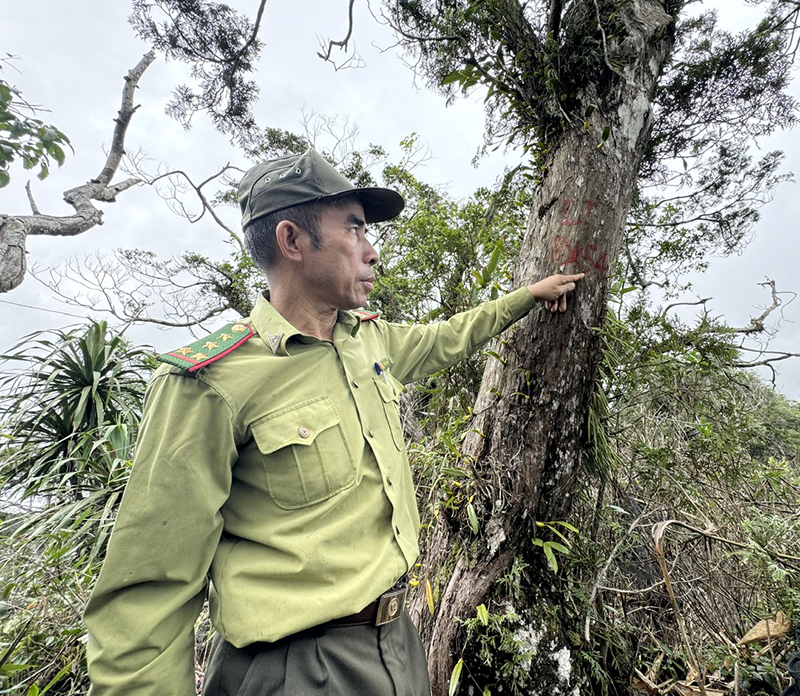
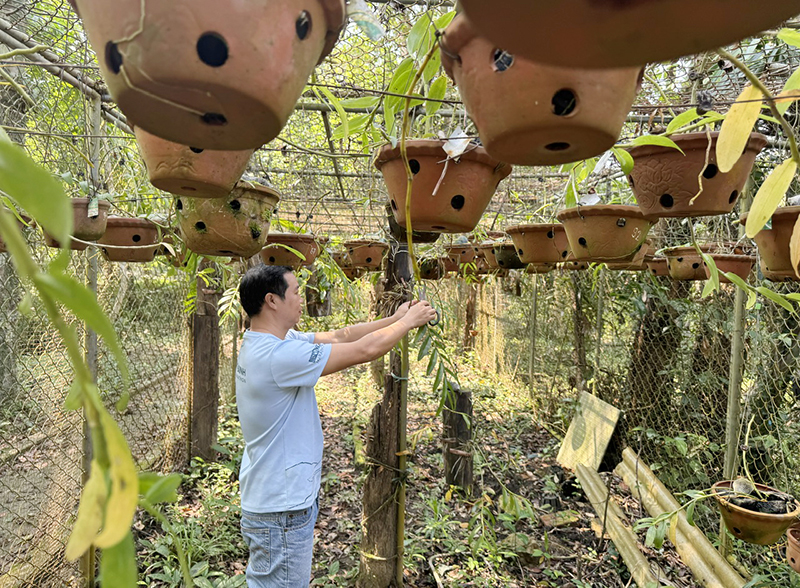
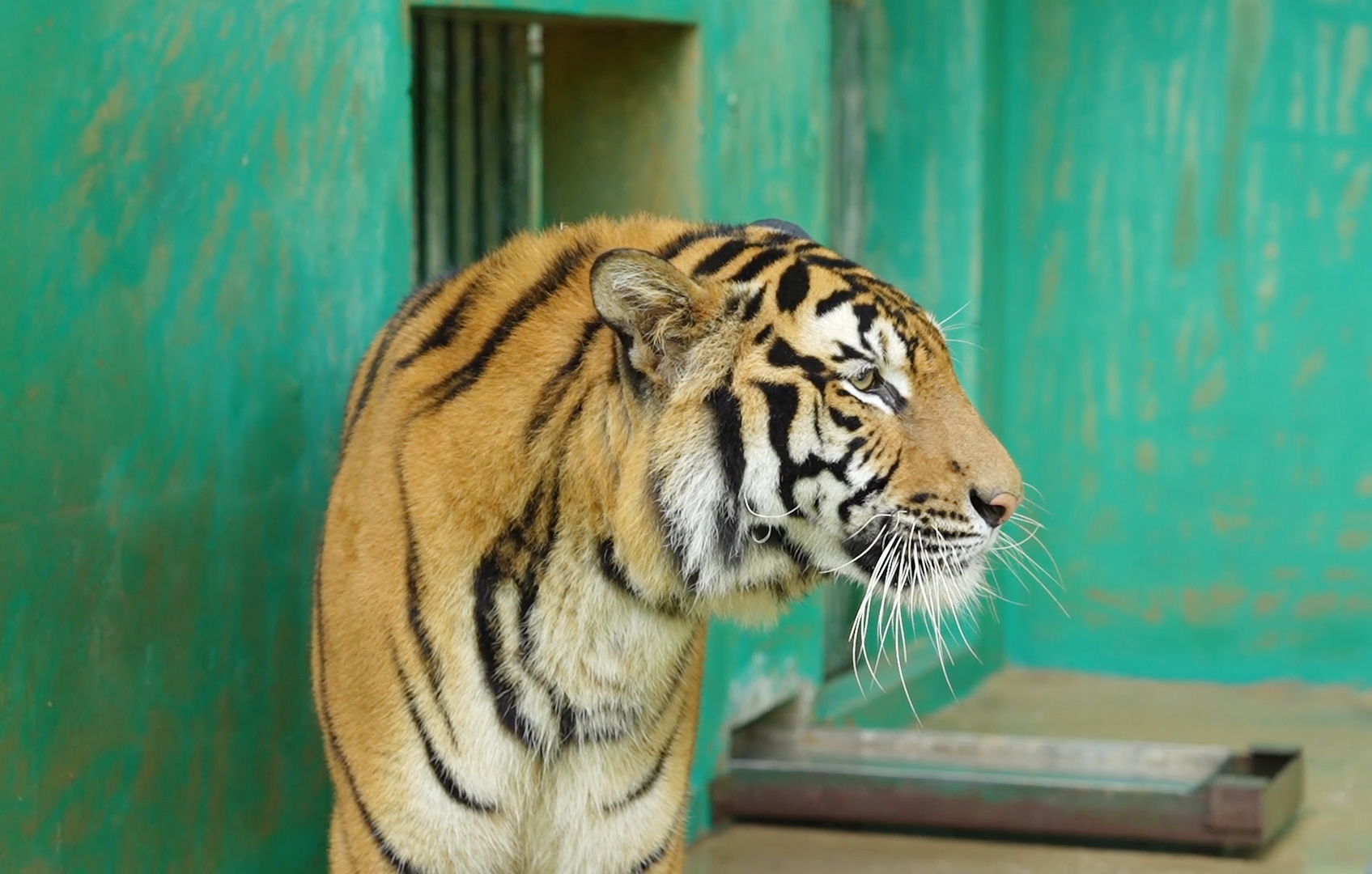
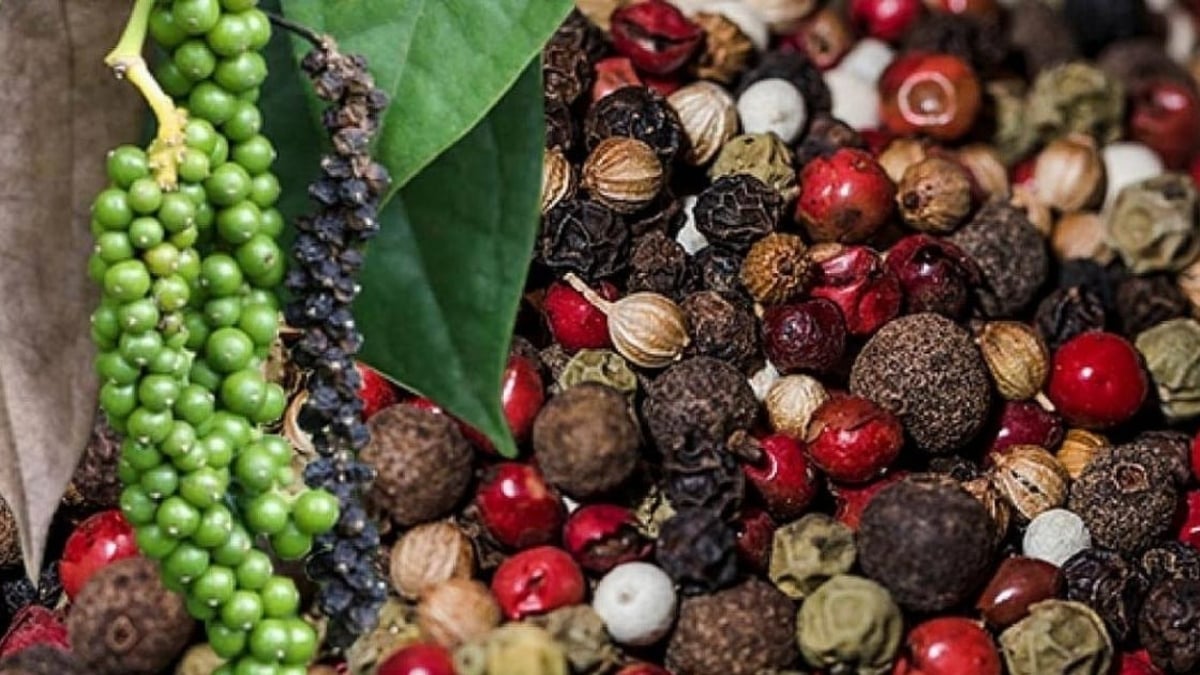
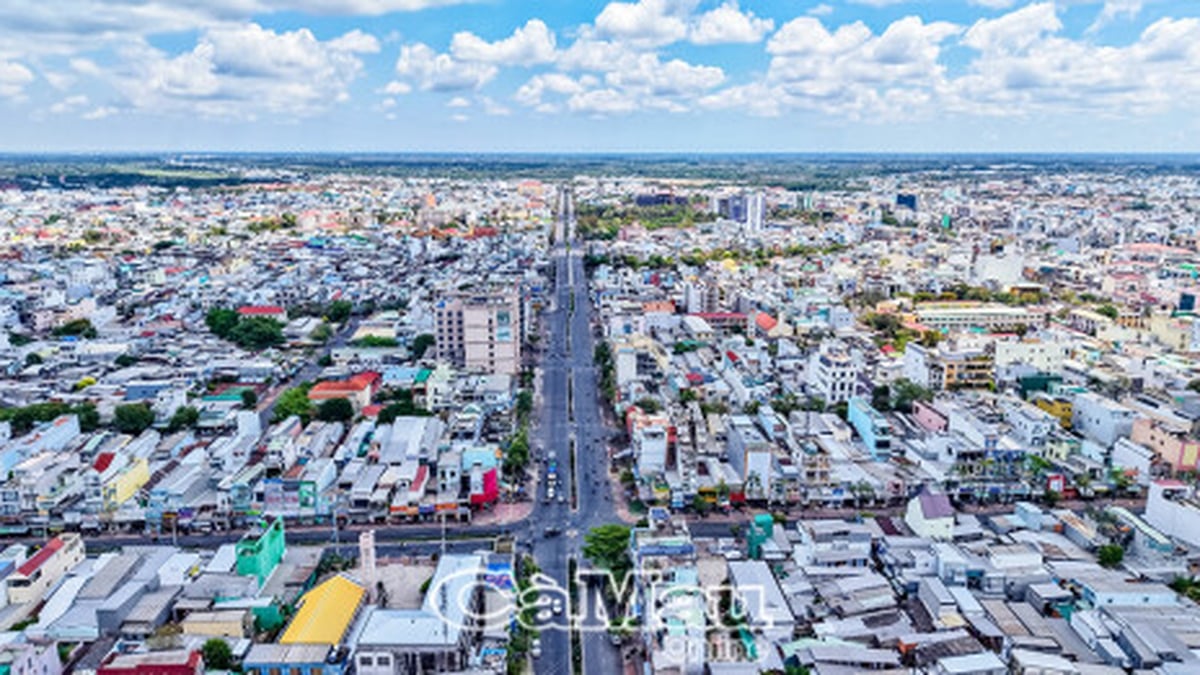
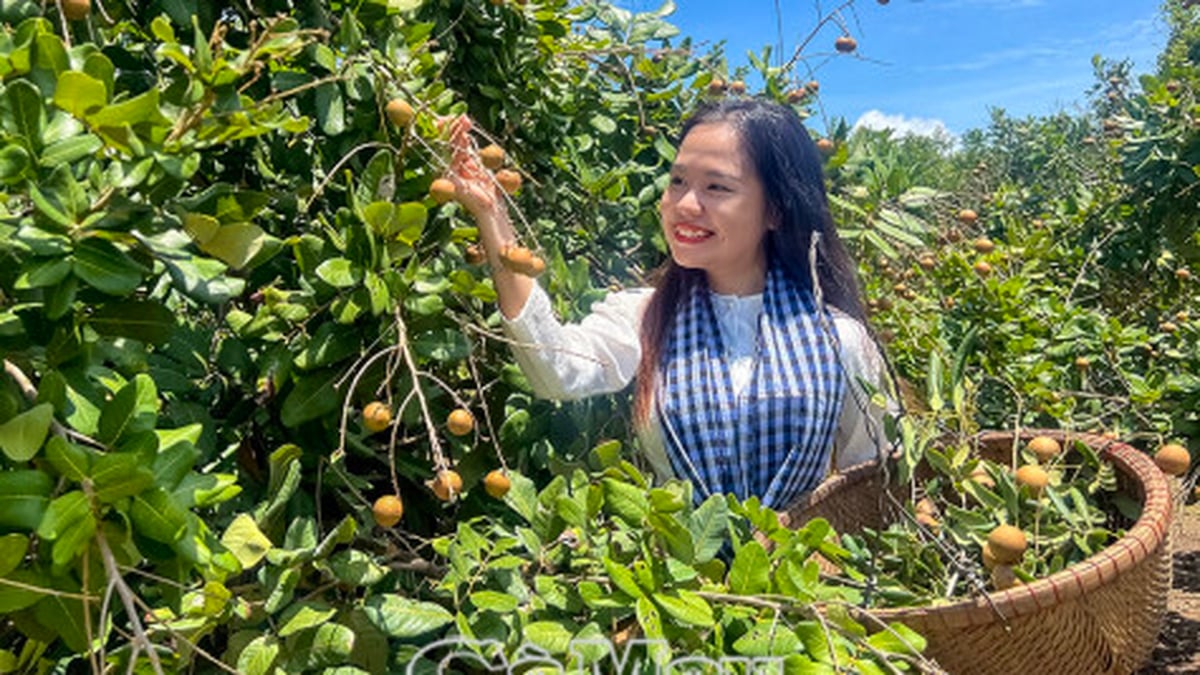
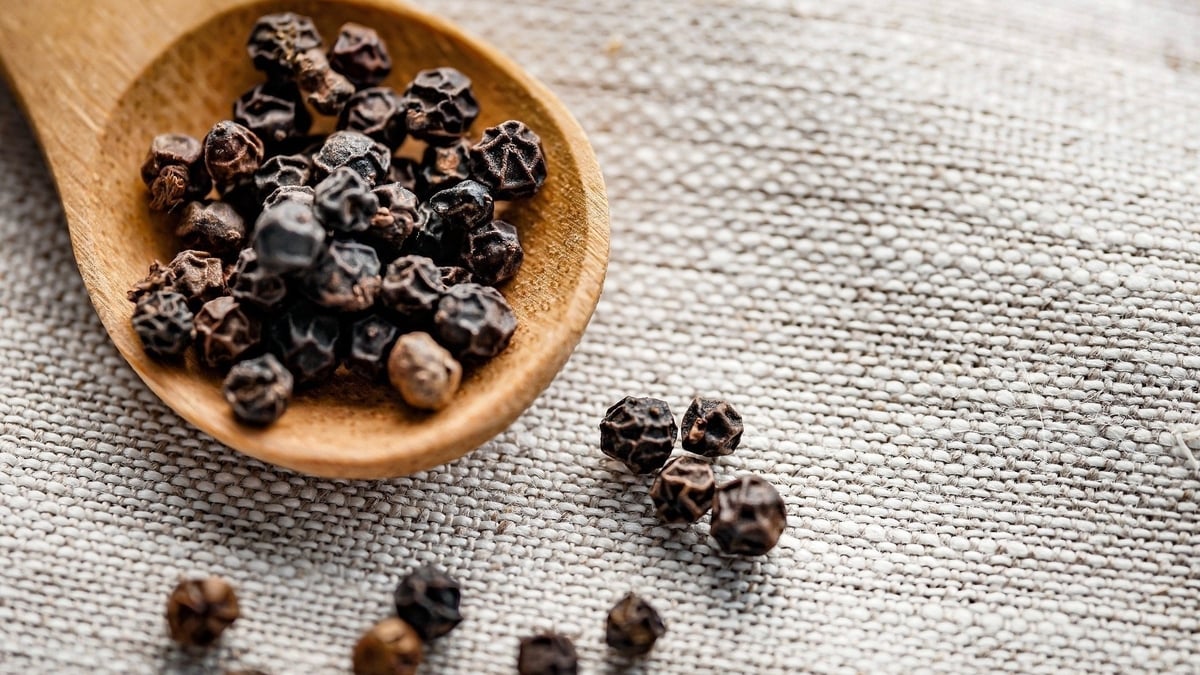


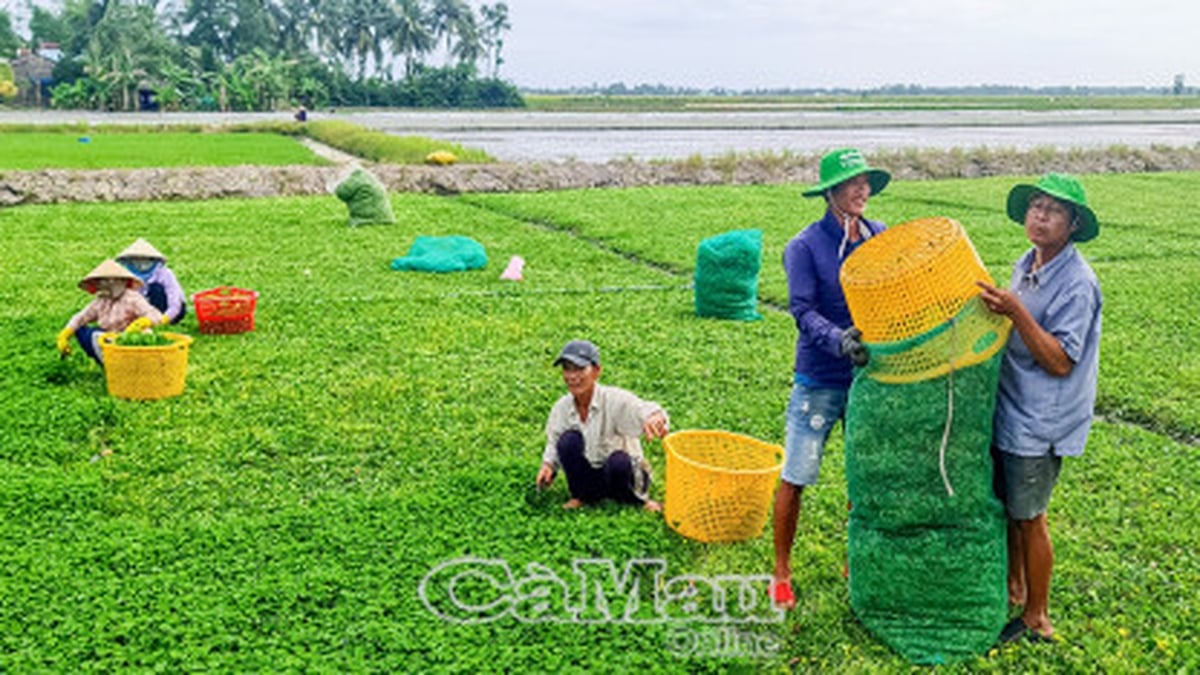
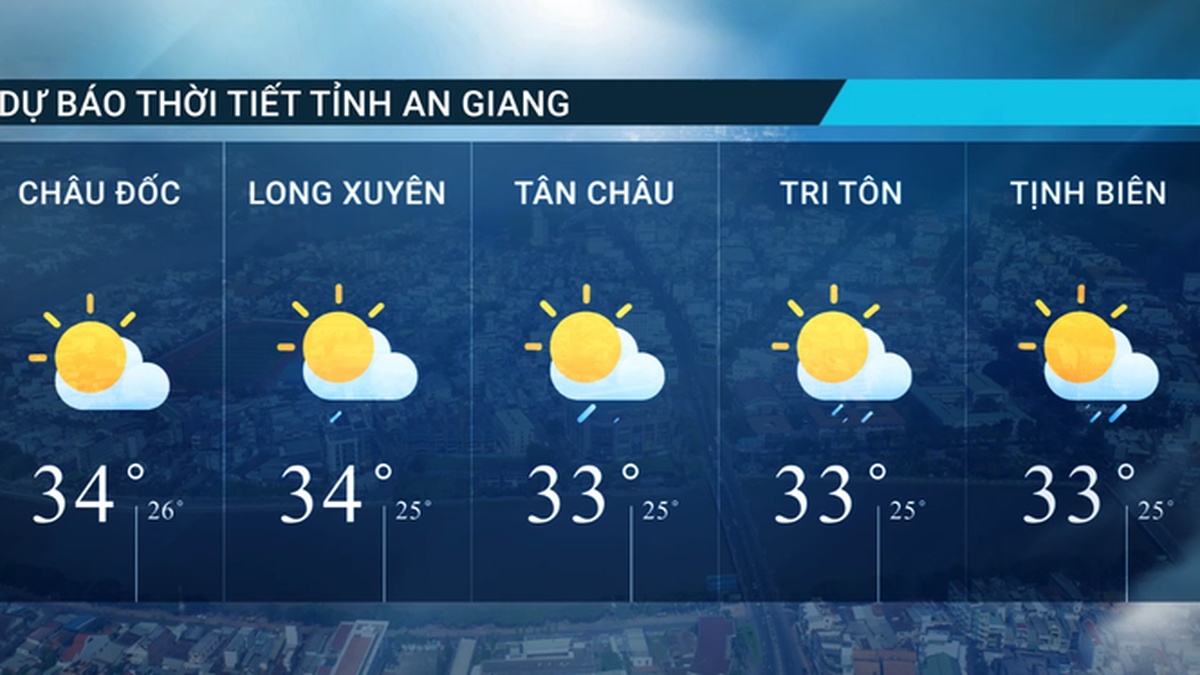

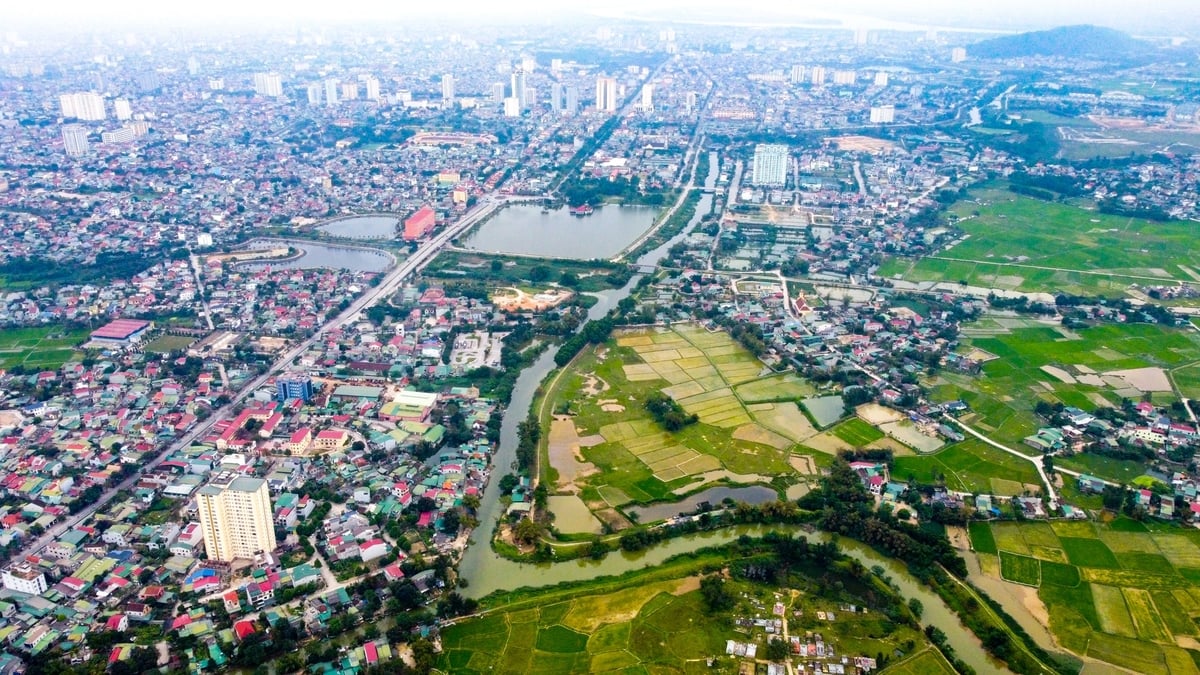

































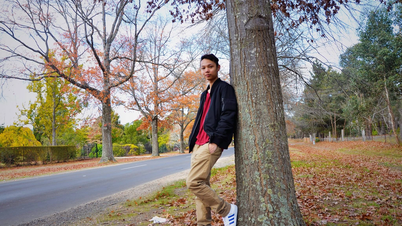





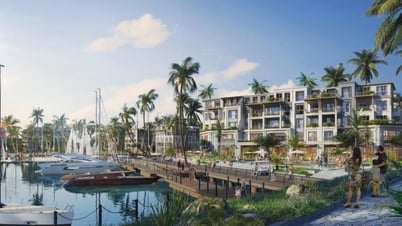











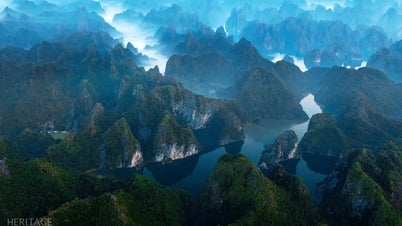
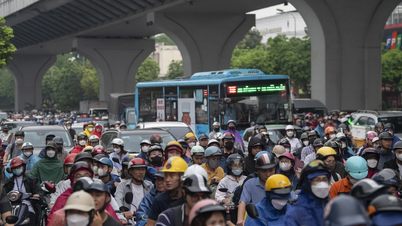

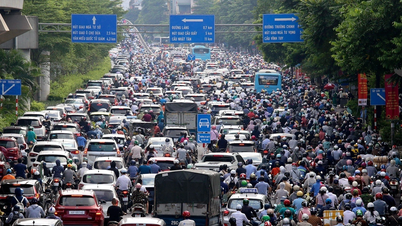


































Comment (0)